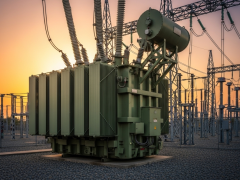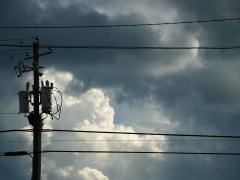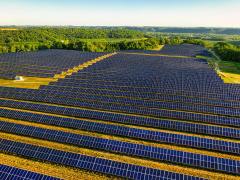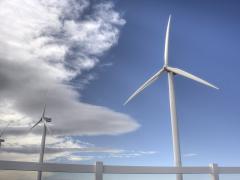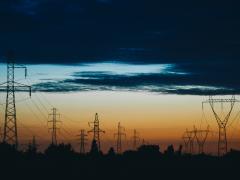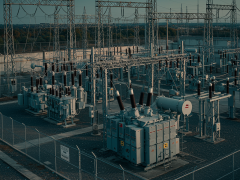South Africa’s energy and mobility sectors are colliding in transformative ways. Electric vehicles (EVs) are becoming more accessible with local sales up 35% from 2023 to 2024, according to CleanTechnica. This growth faces a familiar obstacle: the country’s fragile electricity grid, says Patrick Narbel, Chief Technology Officer at GoSolr.
The National Development Plan 2030 calls for an energy mix that drives growth, jobs and sustainability. In this context, solar energy is no longer just a backup – it is becoming central to South Africa’s transition.
However, our grid has been undermined by decades of underinvestment, coal dependence and maintenance backlogs. Electricity generation fell by 2,5% in early 2025, highlighting the strain. Reliability remains one of the greatest risks to economic competitiveness.
Globally, EV sales are expected to exceed 20 million this year – a 35% increase year-on-year, according to the International Energy Agency’s Global EV Outlook. South Africa’s draft EV White Paper sets out industrialisation and infrastructure goals but also warns of further grid instability without new approaches to generation and distribution.
Much of the concern centres on EV charging demand. A single 11 kW home charger draws as much power as 11 swimming pool pumps. If 100 000 vehicles were plugged in simultaneously, that would mean an additional 1,1 GW on the evening peak. While such headlines are dramatic, they ignore the flexibility EVs provide. Most vehicles are parked more than 20 hours a day, giving owners ample opportunity to shift charging to off-peak periods. Smart tariffs and time-of-use pricing can encourage this behaviour, helping to flatten demand curves and reduce costs.
There is also the question of where the electricity comes from. Charging EVs with coal-fired power risks raising emissions rather than cutting them. Clean electrons from solar PV are a far better fit. International experience shows that EV owners are more likely to install solar systems, aligning charging with generation during the day. At workplaces, this means EVs can literally run on sunshine.
In the longer term, vehicle-to-grid technology could allow EVs to discharge stored power back into the grid during peaks, helping to stabilise supply. Achieving this will require regulatory reform and tariff structures that reward flexibility.
South Africa lags behind global adoption with EVs making up only 1,45% of new vehicle sales in 2023 compared to more than 20% globally. Yet, as battery prices fall and solar adoption accelerates, the complementarity between EVs and solar offers a path to resilience. With some of the world’s best solar resources, South Africa has a unique opportunity to build a transport-energy system that is cleaner and more reliable.
EVs should not be seen as a threat to the grid but as part of the solution to strengthening it.




